“Gray Man Art” Interview! Steve Lieber talks about “Whiteout”
Antarctica. Even though the South Pole was first reached back in 1912 by Roald Amundsen’s expedition, you could call it the land that no one wants. Twelve countries signed the Antarctic Treaty in 1959, suspending all territory claims on the continent. Today that number has ballooned to forty-nine, roughly eighty percent of the world. Many territory claims before the treaty overlap with one another, but half of the area still remains neutral.
Few seem to care. Who would want to claim a desolate, un-caring, snowy wasteland?
What’s more, what are the odds of a crime being committed there?
U.S. Marshall Carrie Stetko has lived on the ice for four years, re-assigned after a prisoner transport that went wrong on her watch. Jaded and apathetic after her disgrace and the loss of her husband to cancer, she’s as un-caring as the hellish cold around her. Trapped at literally the bottom of the world, she’s made McMurdo Station (a U.S. research outpost) her home.
Imagine her surprise when a naval pilot’s body turns up with his face bashed in and his body riddled with frostbite. Why bother to murder a man when the ice would gladly do the job for you? Her superiors back on the mainland want answers, and pair her up with British intelligence agent Lily Sharpe. The ice has few secrets, but can the same be said of the men who live on it?
Written by Greg Rucka (best known for “Queen & Country†and his work at DC) and illustrated by Steve Lieber, “Whiteout†could be considered both a perfect storm and an oncoming storm of comics talent. Originally published in 1999 by Oni Press, it was one of the first major successes for the independent publisher and for both its authors, receiving numerous Eisner Award nominations. The original volume also featured chapter breaks from comic luminaries like Mike Mignola and Dave Gibbons, with the cover itself drawn by Frank Miller.
A sequel series, “Whiteout: Melt†(which deals with the aforementioned treaty) was released in 2000, with another volume “Whiteout: Thaw†in the works. A movie adaptation starring Kate Beckinsale was also released in 2009. However, due to it’s poor critical and commercial reception, and because today’s topic is the original books, we won’t mention it further here.
I’ve thought a long time about what kind of works (in comics in particular) that I wanted to highlight for “Gray Man Artâ€. I was fortunate to have “Whiteout†fall in my lap because now I can point to it and say “Pretty much thatâ€. It’s filled not only with great classic comic techniques, but great black and white comic techniques. Rucka’s noir-based scripts and Lieber’s evocative artwork give us a cast as cold as its setting, with a harshness that is not glossed over or dulled. The ice is an almost Lovecraftian being, not so much cruel as it is un-caring.
I was fortunate enough to meet Rucka and Lieber in person at the Rose City Comic Con in Oregon earlier this fall, with Lieber in particular setting up shop at the booth for Portland’s very own Periscope Studio, of which he is a founding member. After geeking out and having both men sign my dog-eared copy of the original volume (which provided the images for this post), I asked Mr. Lieber if he’d be willing to take time out of his busy scheudle to submit to a brief e-mail interview to talk shop about his break-through series.
To my delight, he was.
First and foremost, tell us how you got into art and later into comics?
I was an obsessive fan as a kid. I got serious about drawing and comics after high school.
You studied at the Joe Kubert School under the man himself. What do you think was the most important thing you learned from your experience there?
The most important thing I learned was how to thing of pictures as visual storytelling.
How did you first form Periscope Studio?
A bunch of us were meeting at a cafe every week to show what we’re up to and talk shop. Eventually we decided we didn’t need the coffee.
Describe how you and Greg Rucka began working on “Whiteout”.
Greg had written a script, and Bob Schreck at Oni Press suggested me as a possible artist. He sent Greg to check my work out at a con, then after Greg said yes, gave me the script and Greg’s first novel and asked me if I’d be interested in working with him. I loved the novel and the script, and said yes.
I’ve heard you describe “Whiteout” previously as your big breakthrough. What was the experience of actually sitting down and rendering it like?
Like all comics, a long slow grind. It took me a year to draw those 120 pages.The script was great and I loved the character and the setting, a densely paneled, heavily-researched comic takes a long time to draw. There were plenty of satisfying moments though, where I could tell I was leveling up. That always feels amazing.
Was doing “Whiteout” in black and white an artistic choice because of the antarctic setting, a limitation because of the printing, or something in-between?
I’m not sure why they were good with black and white, but if they had insisted on color, I would’ve turned it down. A big part of the what made the project attractive was being the first, last, and only pair of hands on the art.
You’re the only credited artist on both “Whiteout” books, handling both the illustration and the lettering. Is it hard to wear so many different hats in the process, or does it come rather naturally for you?
I always prefer to work that way. Even if I’m not the letterer on the book, I still digitally letter the page while I’m laying it out. The placement of type is an integral part  of the construction of a page. It can make or break a scene.
Your inks on “Whiteout” are fantastic. What tools or techniques did you use for that?
Everything I owned! Pen, brush, charcoal, wash, zip tones, razor blade scratches, white paint, black and white grease crayons. Anything that could make a mark and make a page look cold!
What thrills me about “Whiteout” as an artist is the classic comic illustration techniques. You have any strong preference for ink on bristol versus digital?
I love, love, LOVE traditional media. But as I get older, the ability to zoom in on a digital drawing is enormously valuable. It’s just a lot easier on the eyes.
Are there any digital touch-ups at all on the pages, or is it all actually on there?
On the original “Whiteoutâ€, there are no digital touch-ups on the original edition. I did a bit of tweaking on the “remastered” editions we put out in 2008 when the movie was first announced.
Going with the digital versus old-fashioned question, how much of the gray tone is actually on the page and not done in Photoshop? If most of it is, why did you choose to do it that way?
All of it. I didn’t even own Photoshop when I first “Whiteoutâ€.
After “Whiteout”, you continued to work with Greg Rucka during his DC days. How do things usually go down when you two work together?
His scripts are always a pleasure to illustrate. His scenes always have clear actions to communicate and sharply defined emotional arcs.
What new works do you have coming down the pipeline right now?
I’ve completed the art for second “Alabaster†graphic novel, written by Caitlin R Kiernan. That’ll be out in a collected edition in the spring. And I’m the artist on Marvel’s ongoing super villain comedy “The Superior Foes of Spider-Manâ€.
“Whiteout” and “Whiteout: Melt” are both available for purchase through Oni Press. News about Greg Rucka’s work can be found at his website, or his webcomic “Lady Sabre and the Pirates of the Ineffable Ether” (illustrated by Rick Burchett), which updates every Monday and Thursday. News about Steve Lieber’s work can be found on his website, or through the Periscope Studio website. Periscope currently has a Kickstarter campaign going for their “Maiden Voyage” series, which will feature full color art books by members such as Ron Randall, Paul Guinan, David Hahn, Natalie Nourigat, Erika Moen, and Ben Dewey. If you wish to donate, click on the image below.

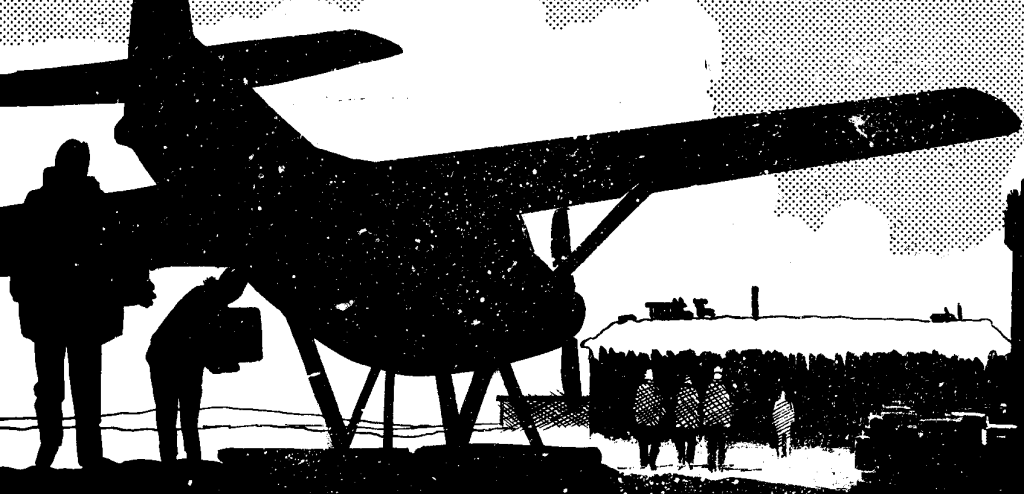
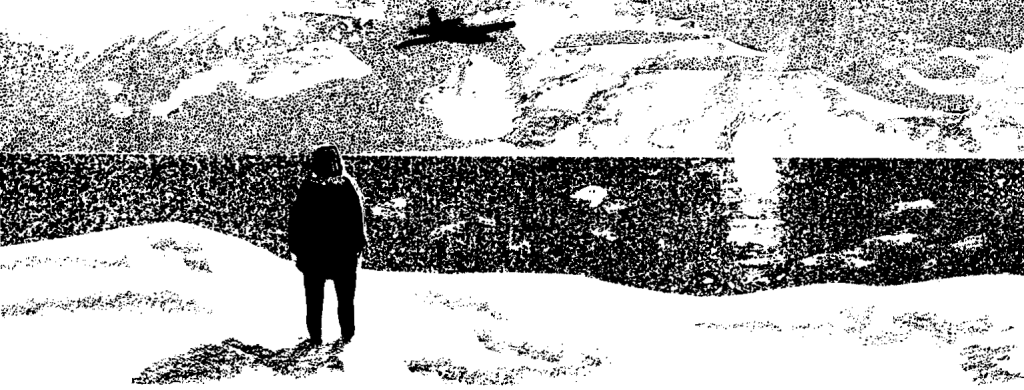

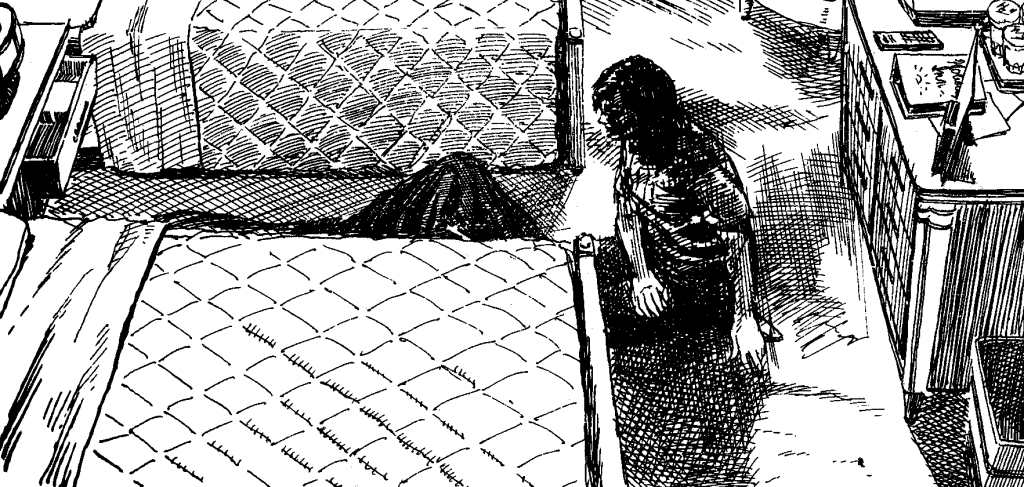

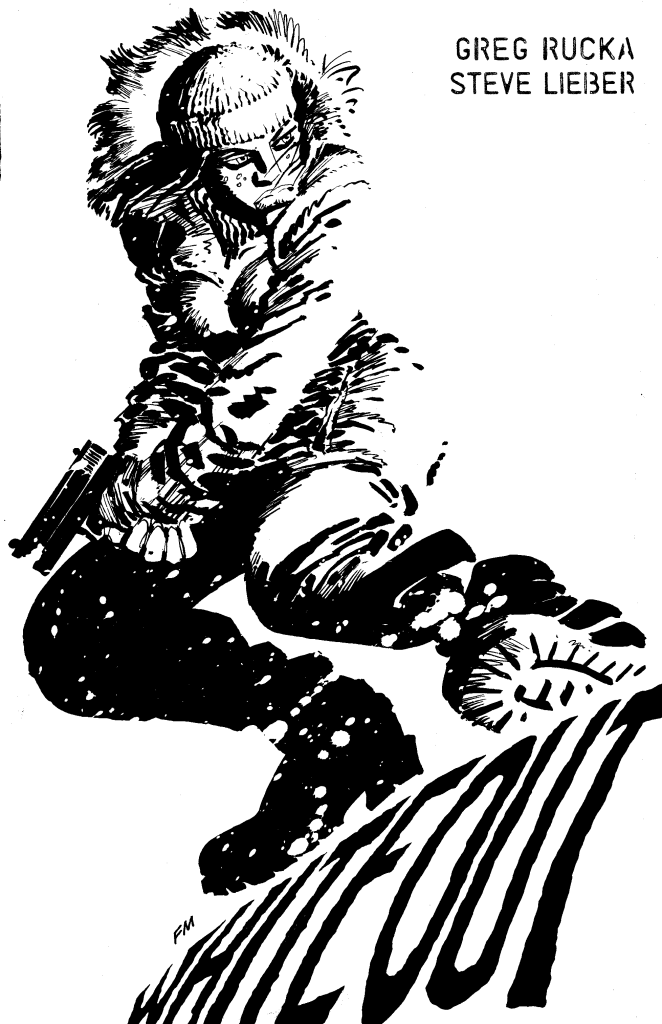

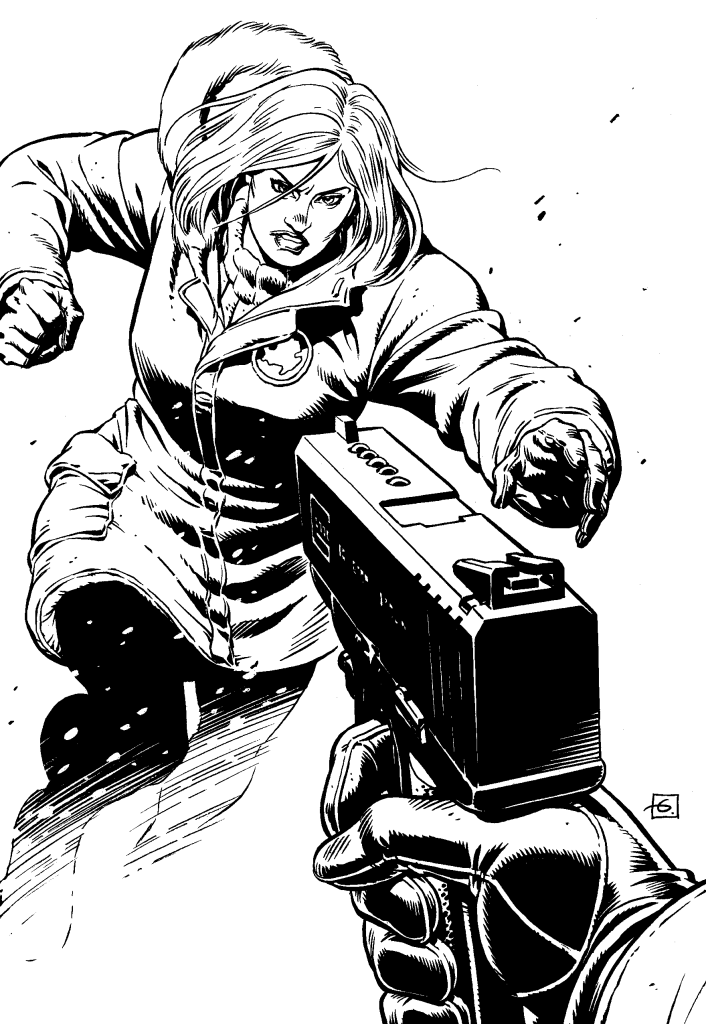
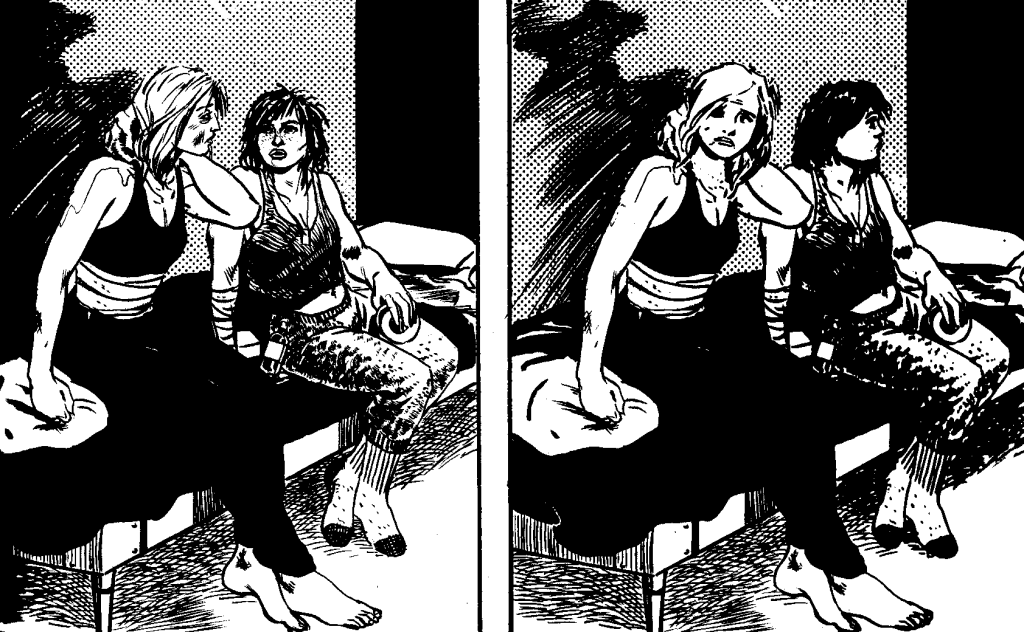
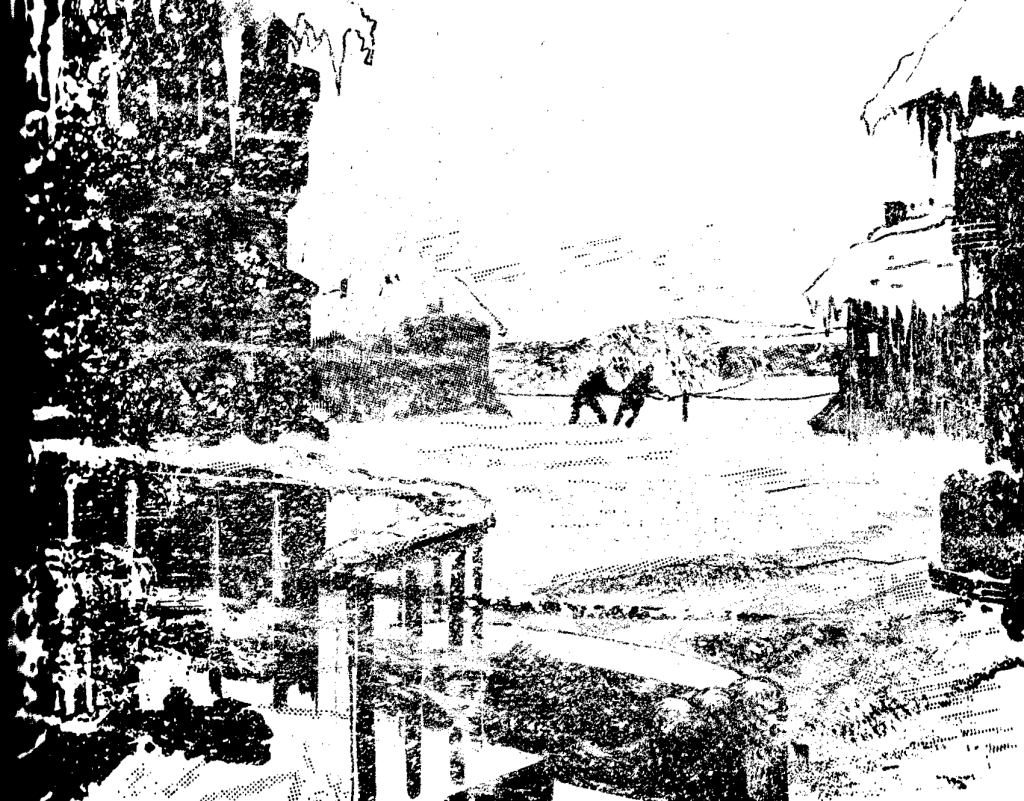
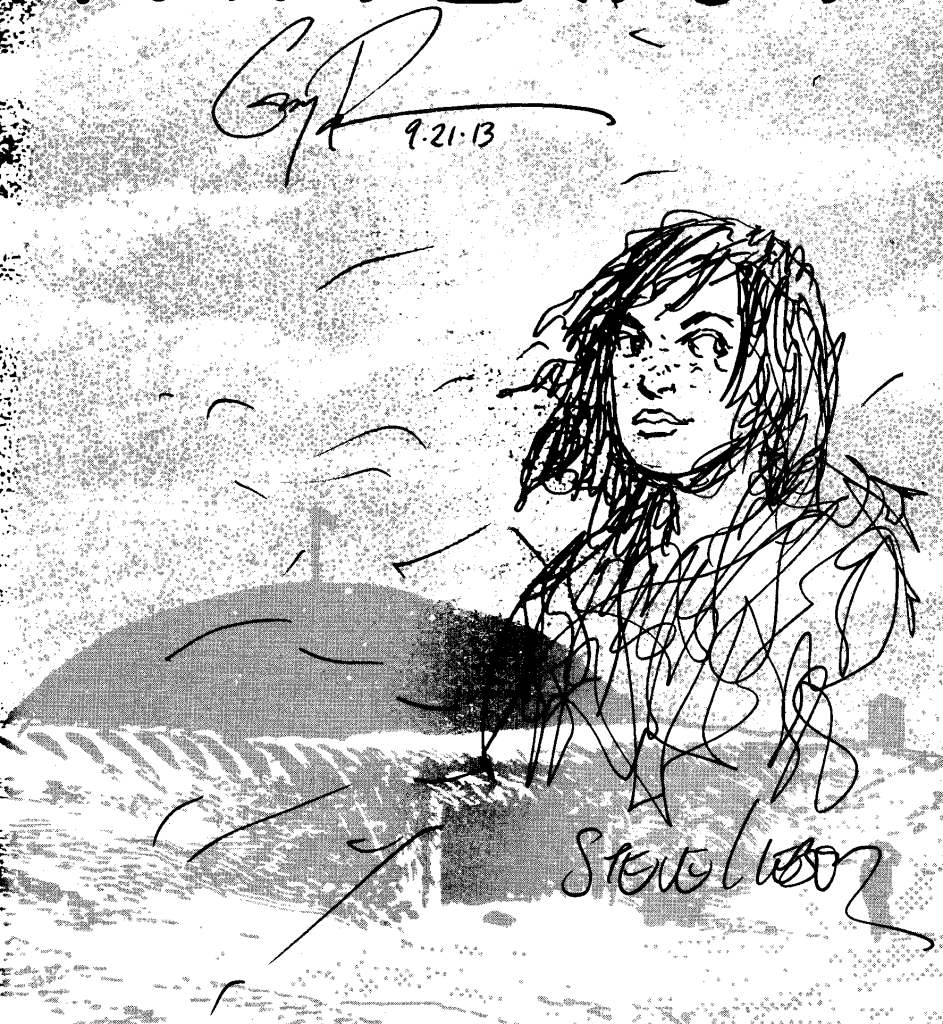

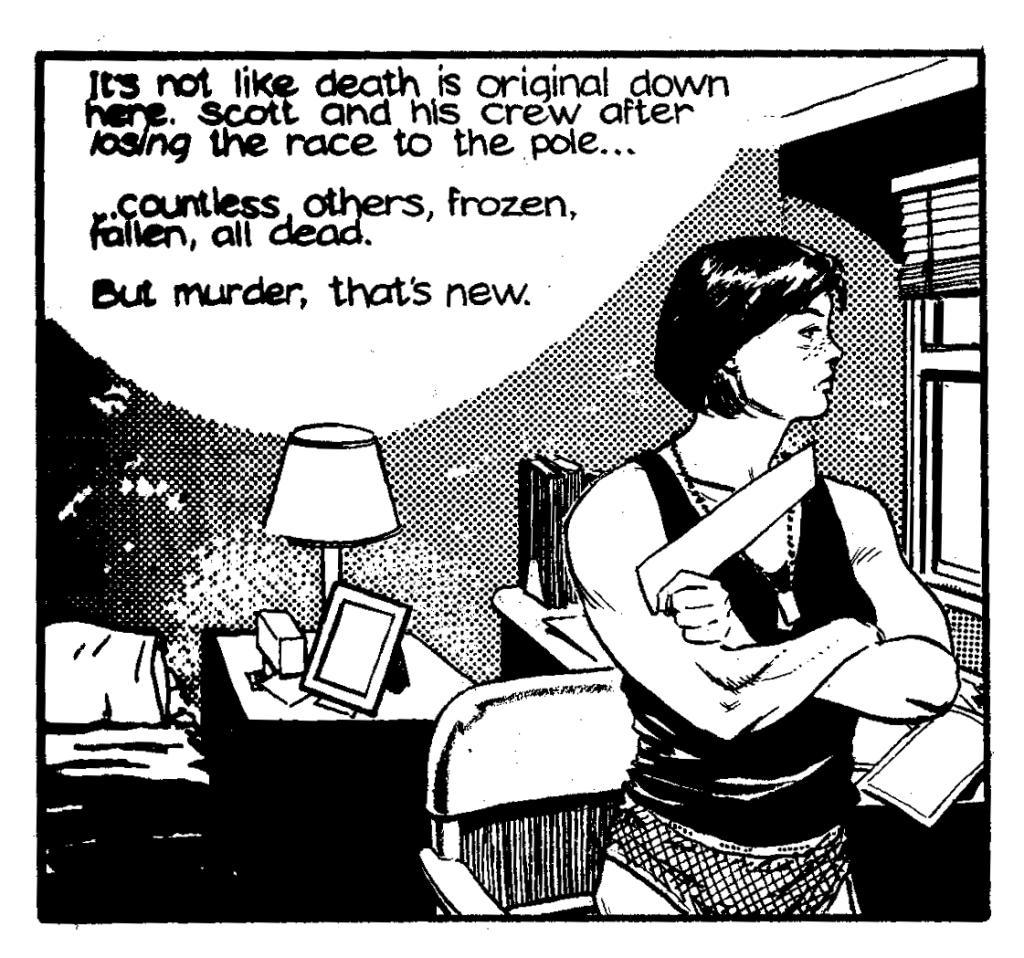
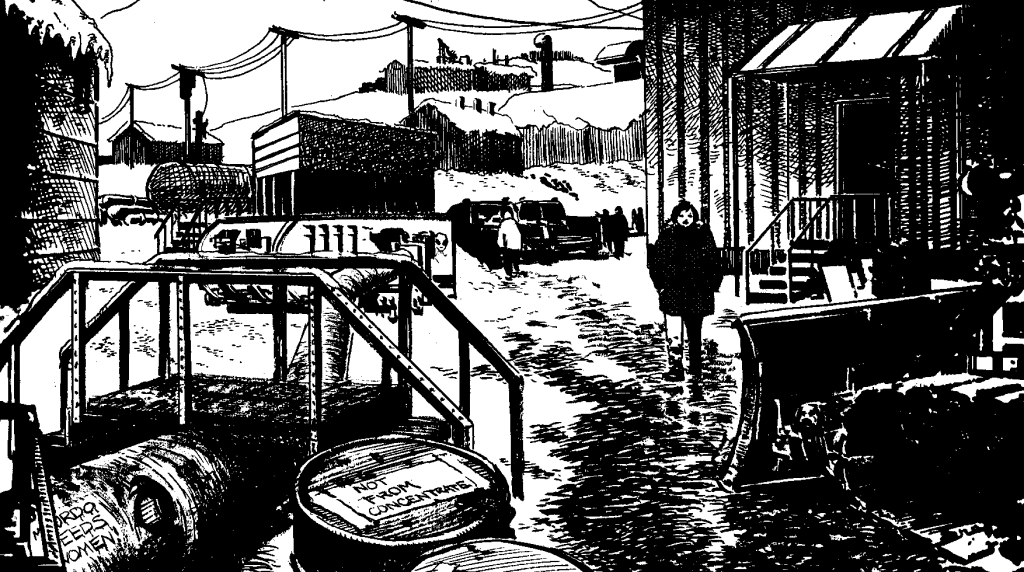
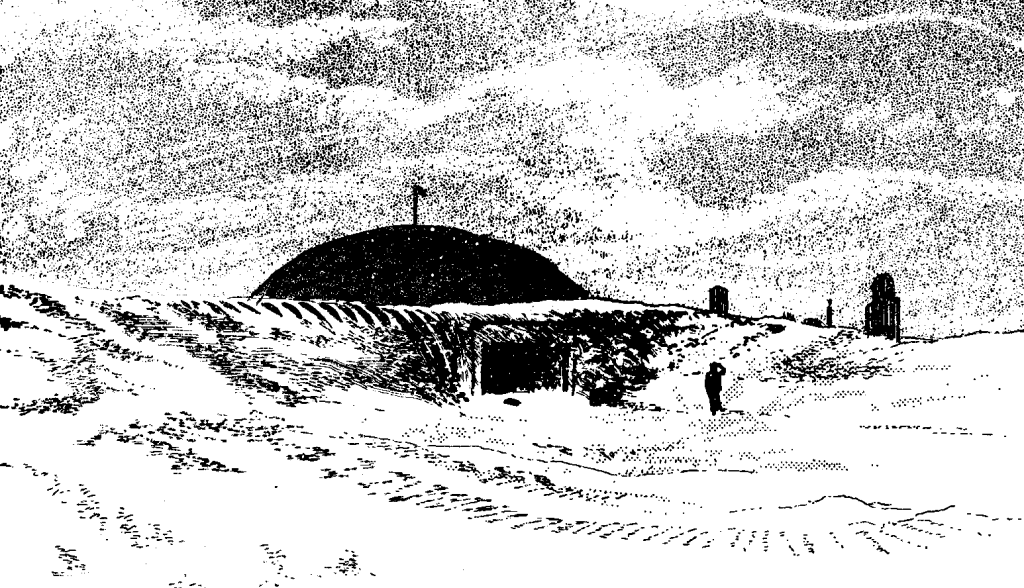




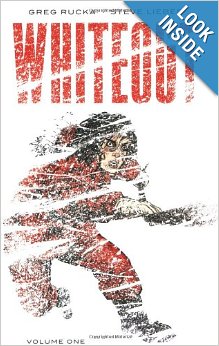
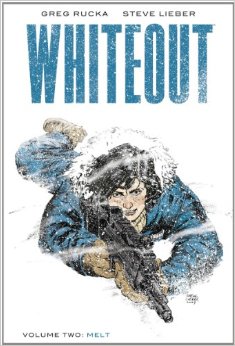
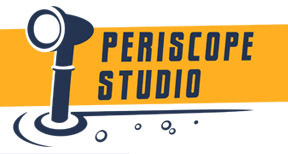
Discussion ¬